From the school year of history, we know that the invaders from Catholic countries under the banners of Christ have repeatedly attacked Russia. How could this happen, aren't everyone believed in one Savior? This question rose particularly sharply after the return of Russian people to the Orthodox faith. My girlfriend visits the Gospel Church and actively invites me to worship. I decided to find out the main difference between Orthodoxy from Protestantism and Catholicism, contacting this question to the priest and reliable sources. In the article we will touch the main differences of these denominations to get an idea of the truth and fiction.
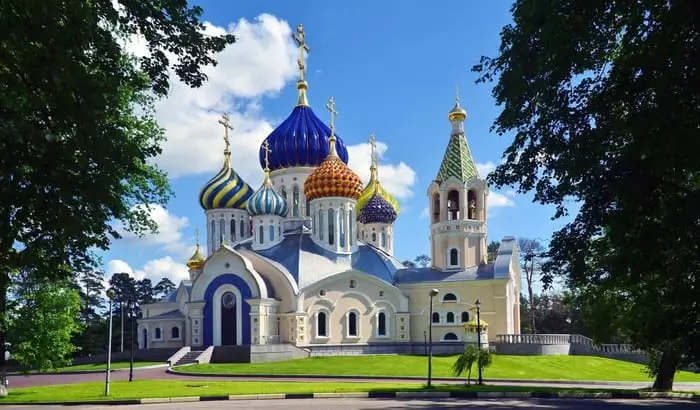
Split a single church
To understand the differences of Orthodoxy from Catholicism and Protestantism, you need to make a mental journey into the depths of centuries. In the Seventh Universal Cathedral in 787, a split of a single church occurred, which was finally established in 1054. From that moment on, the Christian world collapsed into two independent branches - Orthodoxy and Catholicism. The head of the Catholic Church remained Pope, and the head of Orthodoxy - the Constantinople Patriarch.Find out what awaits you today - a horoscope for today for all zodiac signs
By numerous subscribers requests, we have prepared an accurate horoscope application for a mobile phone. Forecasts will come for your zodiac sign every morning - it is impossible to miss!
Download free: Horoscope for every day 2020 (Available on Android)
The basis of the faith symbol remained the resurrected Jesus Christ, and disagreements concerned only the riting and some beliefs. All Christians (Catholics or Orthodox) believe in the trinity of the Divine Ipostasi, to the inheritance of the Kingdom of God in the covenants of Jesus and in his atoning sacrifice. Despite the mutual anathema of the Catholic and Orthodox Church, the basis of faith remained united for everyone. And the crusades on Russia were consequence of anathema. In 1965, both denominations were reconciled and not entitled.
And who are such Protestants, where did they come from? These were Catholics who protested against the dogmas of the Roman Catholic Church. Protestants have nothing to do with Orthodoxy. If we consider splitting in the Lona of the Orthodox Church, then our "Protestants" can be called older workers who do not obey Nikon reform (1650-1660).
Principles of Catholicism
What is the difference between the dogmas of the Catholic Church from others? The principal differences are dogmas about:
- Immaculate conception of the Virgin;
- posthumous purgatory;
- the significance of indulgences for the human soul;
- infallibility of Pope in their acts;
- The continuity of Pope from the Apostle Paul;
- non-absorption of sacred marriages;
- Features of honing the holy martyrs.
Other differences are the doctrine of the Laptage of the Holy Spirit from the Father and Son, the ban on the marriage of the adopted San of the Priest, the baptism of the climbing of water on the head and the rule of the imposition of procession.
Catholic can be immediately distinguished from the Orthodox according to the method of imposing processions: it applies to hand at first left shoulder, and then right. Also bare Catholics are not a pinch, but with the whole palm.
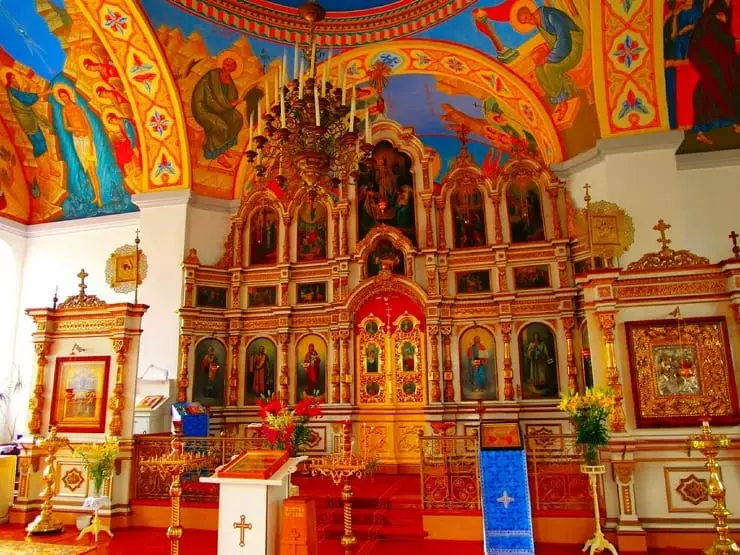
Orthodoxy
After the universal split, the Orthodox branch was under the start of Constantinople Patriarch. Nowadays, there are several autochefal (independent) Orthodox churches that solve their questions at the cathedrals. The Orthodox Church is not honored by the Patriarch, but Jesus Christ himself.
Orthodox priests may enter into marriage. The ban on the marriage bonds exists only in monks. Also, for the rest of the items listed in the Catholicism section, Orthodox canons differ from Catholic. In particular, in Orthodox tradition, there is no dogma on the infallibility of Pope of Roman.
The Orthodox person can be immediately distinguished from the Catholic in the monstering of himself: on the right left three fingers (pinch). And the Old Believers differ from the Orthodox two-purpose oxide.
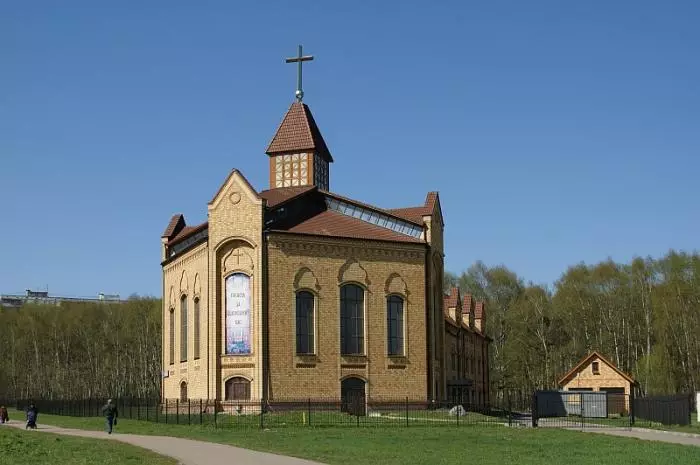
Protestantism
Who are these protestants and is there a difference with Christianity? This course arose at the European continent in the 16th century as a protest against the comprehensive domination of the Roman Catholic Church. The Unified Center in Protestant Motion does not exist, in this course there are many churches with different names. The first Protestant churches were:
- Anglican Church;
- Lutheran Church;
- Calvinism.
Later, other flows were distinguished:
- Baptists;
- evangelists;
- Methodists;
- Adventists;
- Pentecostal;
- Other.
Some Protestant flows are not recognized as a church and are attributed to the sects - Mormons, Jehovists. Protestants categorically deny the worship of icons, holy and monasticism, but recognize the trinity of God. Protestants are firmly convinced that the salvation of the soul depends on the adoption of Jesus Christ by the personal Savior, so the person does not need mediators between him and God.

Protestants have no prayer, in the temples do not mark candles, and songs sing in honor of Jesus Christ on the prayer ministry. In some Protestant churches, it is customary to dance under Slavs. Especially the insolstant churches are different, where people clap their hands and are dancing in the Slavs of Jesus. It is also not accepted there to read the Mother of God as equal to God, she is considered a simple mortal woman.
Protestant movement is distinguished by active missionary activities, special (fraternal) weight lifestyle and mutual assistance. Communities preach equality between all members and live together. The modern Anglican Church adheres to conservatism in his views, and now there are already talking about recognizing the supremacy of Pope of Roman.
In the Protestant churches, monasticism is missing as a phenomenon to be considered. Believers lead a normal lifestyle, but subordinate to local church charters. Divorces are allowed, but are reduced. The head of the community is the pastor, which is considered a sample to imitate.
Differences between denominations
Consider the fundamental differences between denominations on comparative examples.
Internal organization of churches
In Orthodoxy, there are quite a few carcurial on-site churches that are distinguished by some nuances in rites and canonical forms.
In Russia, all churches are subject to Moscow Patriarchate.
In Catholicism, everything keeps on the authority of Pope Roman. Some freedom endowed monastic orders. The infallibility of the Pope is recognized as almost by all churches, with the exception of traditionalists and old-casting.
There is no single organizing center in Protestant movement. Each community exists regardless of another, recognizing the authority of Jesus Christ.
Marriage and monasticism
In Orthodoxy, a monastic movement is developed, the distinctive feature of which is vow of celibacy. White clergy (priests) can marry (only once).
In the Catholic Church, all the clergymen give a vow of celibacy, regardless of the monastic post.
Protestantism completely denies monasticism and recognizes the Institute of Marriage. Community members can marry and divorce. The dissolution of marriage is permissible, but not everywhere are welcome. In some churches, repeated marriages are prohibited.
Authoritics
In the Orthodox faith, Jesus Christ and the Holy Gospel are revered by the highest authority. Orthodoxy's urgent questions are solved on the Universal Cathedral by a majority vote.
In Catholicism, the opinion of the Roman Pope and its position regarding spiritual issues is considered to be the highest authority. The authority of St. Scripture as the basis of religion is also recognized. Catholic community questions decide on their universal cathedrals.
In Protestantism, the highest authority is considered the Gospel. However, the ways of interpretation of the Gospel are so much that the believer can not be able to go in a single opinion. In each community, there is a look at the epistles of the apostles, which is considered the only true.
The doctrine of Holy Mary
In the Orthodox Church, the Virgin is considered sinless, since he did not have original sin. Orthodox also assure that after the Assumption of the Virgin Mary was taken to heaven.
Catholics support the belief of Orthodox in the impurity of the Virgin Mary. It did not have any sin.
In Protestant churches, the mother of Christ is considered an ordinary woman, a model of holiness and righteous behavior.
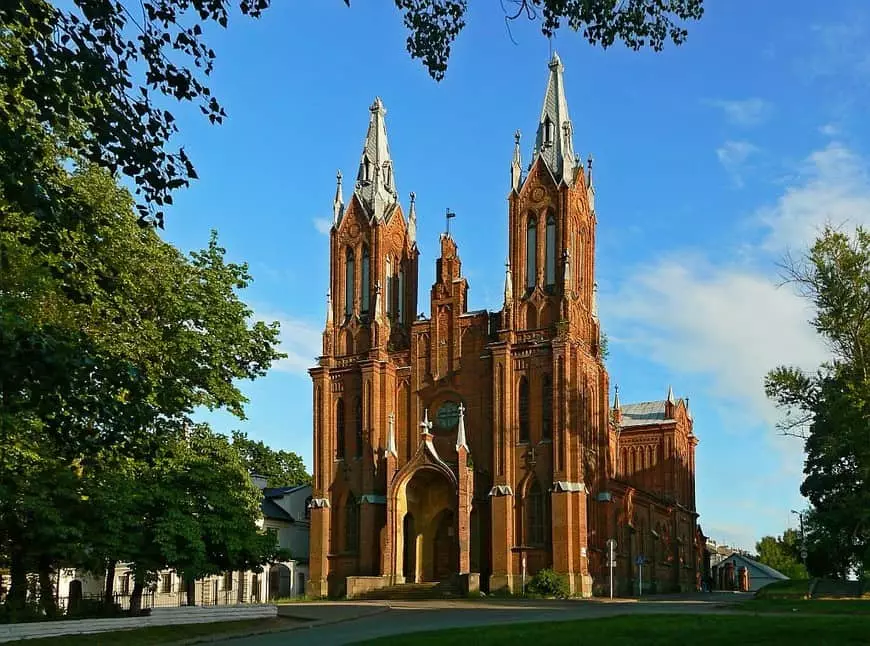
Dogmat about posthumous purgatory
In the Orthodox Church, there is a dogma of Naitaria, that is, posthumous testing of the soul.
In the Catholic Church, they talk about purgatory, which runs every soul to purify from sins.
The Protestant churches reject both the souls and purgatory.
Church sacraments
In the Orthodox and Catholic Church, 7 church sacraments recognize:
- baptism;
- repentance;
- Eucharist;
- marriage;
- Miropomanazing;
- conciliation;
- priesthood.
In Protestant churches, only two sacraments recognize - baptism and communion (Eucharist).
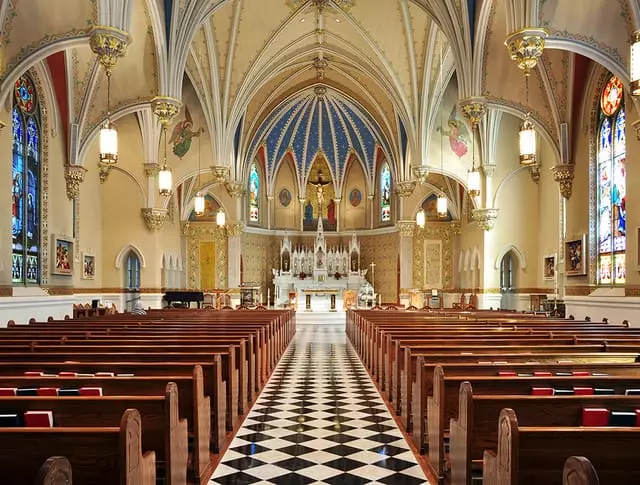
The sacrament of baptism
In the Orthodox and Catholic Church, the peasants of newborn children. In the Protestant Church, baptism takes, as a rule, in conscious age. Immersion in the water in Protestant communities is not necessary. If they are baptized with water, then in the river.
Mystery of communion
In Orthodox churches, yeast bread and wine are tested. This applies to both the clergy and the flock.
In the Catholic chosets are sessured by badgery bread. The clergy commits bread and wine, the flock - only bread.
In Protestant churches there is no single conversion of communion, it all depends on the charter of the community.
Mystery confession
In the Orthodox Church, they profess sins before each communion, confession takes the priest. Repentance can be produced without communion.
In the Catholic faith, confession may be without the presence of a priest, as well as with his presence - at will.
In Protestant churches, no mediation between God and man does not recognize, so you can repent of sins without witnesses.
Form of worship
In Orthodox churches, ritual ministry is carried out on the East (Byzantine) sample. There is no musical accompaniment during the service, women and men take part in the choir.
In the Catholic church of worship (Mass), they are carried out in Latin or an eastern pattern. In the messengers plays organ music, only boys participate in the choir (men).
In modern Protestant churches, worships take place without a ritual part, mostly sermons and the glorification of God. There is a choral singing and accompaniment on various musical instruments, up to a modern shock installation. During the glorification, believers can dance and clap your hands.
West icons
In the Orthodox Church, worship of icons and reverence of the cross (crucifix) are developed. Believers turn directly to the icon with a prayer of faith.
Crucifixion and icons are honored in the Catholic Church. But during prayer to the icon, they do not appeal, but only stand in front of it.
In Protestant churches, only a cross without crucifixion is recognized. There are no icons and sculptures, it is considered idolatry.
Removing the saints and dead
In the Orthodox and Catholic Church, reverence of saints. It is also customary to pray for the dead.
In Protestant churches, the cult of the dead is rejected, the saints are not honored.
Reconciliation churches
The split and subsequent enmity between Christian denominations were eliminated at the Second Vatican Cathedral in 1965. From this point on, the Roman Catholic Church recognized his beloved sister in Orthodoxy, and Protestant movements called Christian associations. It was great progress among Christians of the world, as all denominations and movements were officially recognized as true and admissible.
The centuries-old feud ended, the anathema was removed, and the entire Christian world with relief sighed on the envy of enemies. Despite the fact that Orthodoxy and Catholicism continue to consider their teachings with the only correct, open hostility between them there. Today, no one pursues the Protestants and Old Believers, considering them by splitters and sectarians. Love and consent was reigned in the world, as Issued by all his followers Jesus Christ.
